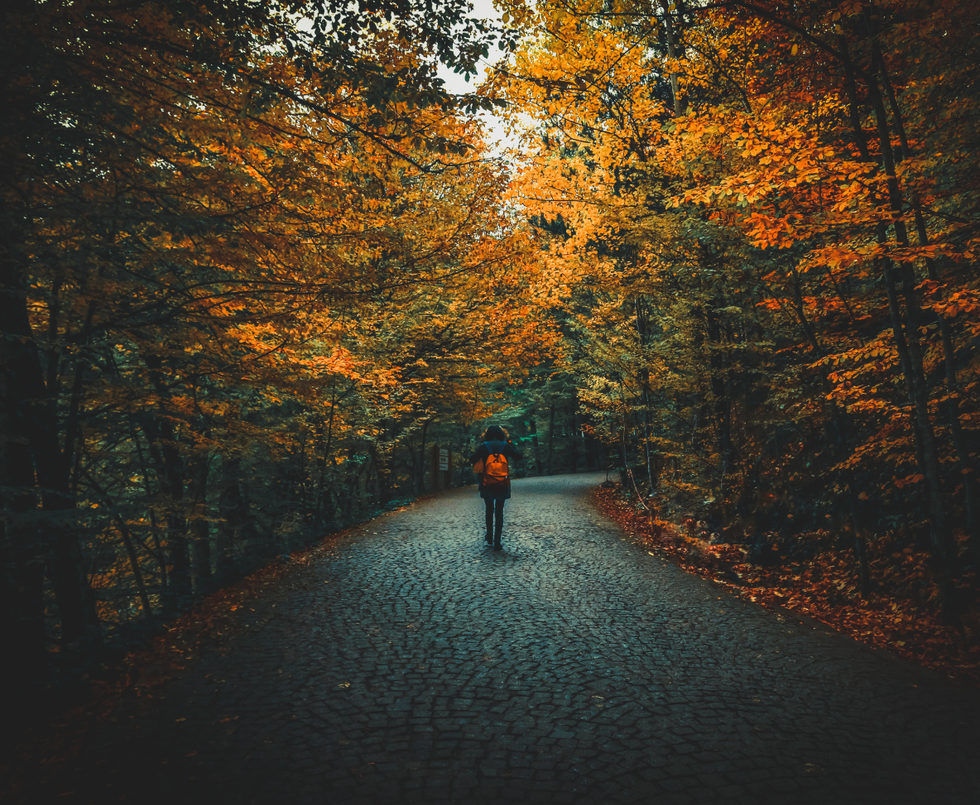Back last year, in the beginning of my sophomore year, my literature teacher introduced a book titled Walden. This was the book we would read and dissect for a month to understand the message and writing style of the author, Henry David Thoreau. Once we read the book, our teacher wanted us to try imitate the writing style we observed in Walden and write an Observation of Nature Essay like Thoreau on something we see in nature.
Our teacher advised us to take a walk of our own outside and observe nature and write about anything we saw. I took his advice and took a walk outside to find lots of fallen leaves on the ground. I decided to write about these leaves and what they could represent:
Since now we are in the late autumn season, there are many dead leaves falling on the ground during the cold and dry day. There was one in particular that I came across. The leaf was red with a hint of orange on one side, and the other was tan, an almost dead color. It was crispy to the touch and felt as delicate as bones that were five-thousand years old. As I slightly crunched the leaf, it felt as if a potato chip were being crushed.
And the sound of the crunch was like that of snow being crushed under your feet. All the leaves collectively were very unique from one another like humans. As the tree begins to drop their leaves in preparation for the winter season, more and more leaves fall on the ground. Like sheep following each other down the cliff, the leaves were all doomed to their fate of falling off the tree, one leaf following another. Also another thing I noticed about the leaf was the darkest red color was closest to the leafstalk (the stem of the leaf), I feel this is because most of the nutrient that is spread throughout the leaf is dropped off nearest to the leaf stalk, but the color fades as it goes farther out to the edges of the leaf.
It was like the leaf follows the first come first serve rule, because the parts closest to the leafstalk gets the bulk of the nutrient, while the rest of the leaf gets little to nothing. The leafstalk was like the connection point to the tree, and once the connection was lost and the tree could not use the leaf, it was cast aside as if it was a disposable plate that was no longer needed by its user. Like I said before, each one of the leaves is unique from each other. The leaf I observed compared to other leaves had more color than the others it was around. This was a good representation of the resilience that this leaf carried.
Though this leaf does not carry the hue it once did, the hue was still more defined compared to the other grayed leaves that were as gray as the pine straw around them.









































